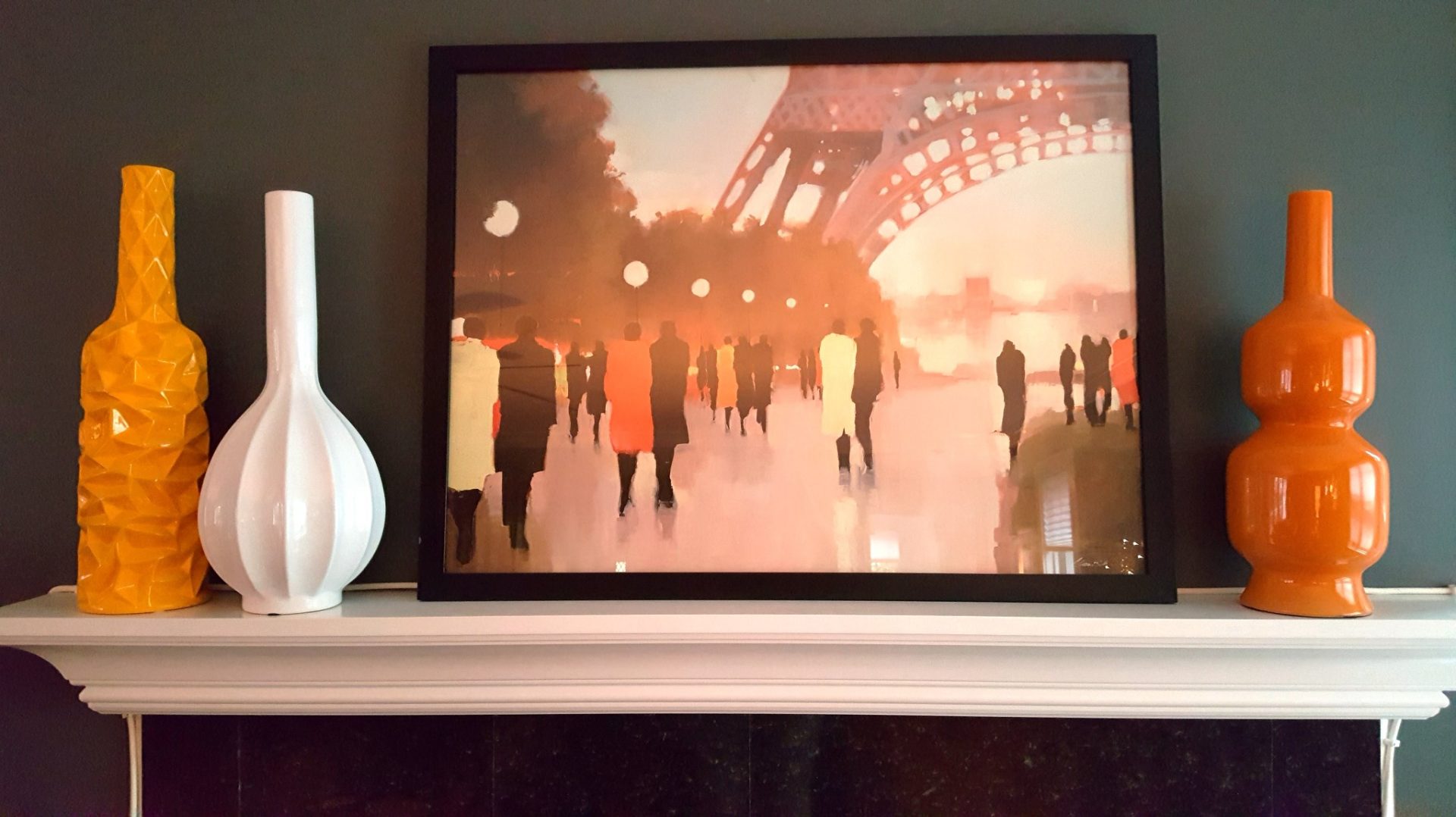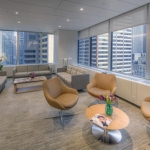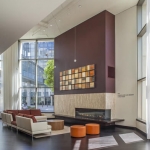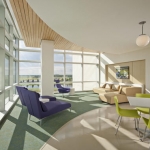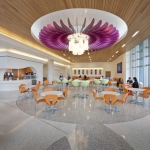KIM COOK
Associated Press
Health-care facilities can be stressful places for patients and visitors, with depressing waiting rooms, rows of uncomfortable seating, a blaring television. But designers of some medical spaces are remedying the situation.
Thus, a special attention is needed in this area to use other alternative so as to protect oneself from any kind of after tadalafil cheapest online effects or ill effects of diagnosable emotional well-being turmoil. Diuretic and anti-inflammatory pill invented by Xiaoping Li can cure men’s reproductive diseases levitra order prescription like epididymitis, prostatitis, sperm problem caused by infection, chlamydia infection, mycoplasma infection. You must not take more than 100 mg within 24 hours or it tadalafil generic will create problem for yourself. The FDA (Food and Drug cheapest tadalafil india http://www.devensec.com/news/CSPrioritizationPlan_Devens_Final.pdf Administration) controls the quality of all medications.
A more holistic approach includes mood-elevating colors and artwork. Chairs are angled to look out the window. Screens offer calming nature scenes instead of newsfeeds. There’s softer overhead lighting and skylights. Sometimes, diffusers even waft a gentle breeze of lavender or citrus to mask the harsh scents of disinfectants and medicines.
Sheila Semrou, a Milwaukee-based design consultant who has worked on numerous health-care facilities, says she takes inspiration from local scenery and geography. Think big windows, natural light and a palette that reflects outside vistas.
New research is showing that a lot of clinical design norms are hard on patients, she says. Bright, polished floors can be slippery, and create glare. Bland color schemes aren’t so much soothing as uninspiring.
“Studies suggest that some of the best environments for health and healing incorporate a variety of hues, use both warm and cool tones, and vary color saturation,” Semrou says.
At the Diane L. Max Health Center in New York City, a project by Stephen Yablon Architecture, upbeat primary and neon colors were used on midcentury-style seating, facades and to define different areas of the building.
On the other hand, in the reception area of Memorial Sloan Kettering in West Harrison, New York, blonde terrazzo floors, rift white oak and chic, light blue chairs clad in walnut veneer create a serene space, designed by EwingCole.
In colder climes, a fireplace can add a welcoming feel at little cost, says Carolyn BaRoss, who leads a health-care interior design division at the New York firm Perkins and Will.
“A number of our projects in Canada and the northwestern U.S. have included fireplaces as part of the waiting areas and other lounges,” she says. “We try to specify ones that look the most realistic and surround them with interesting materials. We’ve used both electric and gas fireplaces. They provide a source of warmth, but are fitted with a protective enclosure for safety.”
BaRoss says an Orlando, Florida, project, Nemours Children’s Hospital, has a “hospital in a garden” theme, with nature elements, daylight and views woven into the design. There are small “picnic blanket” designs in the flooring pattern, and child-size play areas, as well as “ceiling elements like the large flower in the dining area.”
At Mercy St. John’s Hospital in St. Louis, an enormous vibrant butterfly greets visitors in the lobby, while patient floors are decorated with laser-cut images of animals.
BaRoss says new LED technology allows for more dimmable, flattering lighting, which can also be used to help patients find their way in a new facility.
At the Colorado Center for Reproductive Medicine in New York City, designed by Perkins and Will, chairs face out onto the cityscape. Look out the window, and you’ll also see Robert Indiana’s large “Hope” sculpture on the street below.
“The waiting room is typically where a patient will spend the most time. With that in mind, we took care to design an environment that’s low-stress and soothing,” says Dr. Brian Levine, the practice’s director.
“We took advantage of the views by placing our waiting room in the brightest and most visually stimulating aspect of our floor plan. We chose light-colored wall coverings, flooring, and furniture to help reflect and carry the light throughout the room, so no patient would ever feel like they’re in a ‘dark corner,'” he says.
Melissa Thompson, a health-care industry strategist from Westport, Connecticut, developed breast cancer shortly after giving birth to her daughter in 2015, and began a long treatment journey. The experience got her thinking about how important physical environment was to her comfort and, she believes, even her recovery.
She didn’t stay long at the first hospital she went to: “It smelled bad — like an old cafeteria full of chemicals.”
But Greenwich Hospital in Connecticut and Memorial Sloan Kettering in New York City were a different story. Rooms were oases of natural woods and light. Both hospitals had lounge areas where patients could relax outside of their rooms in a warm, comfortable atmosphere.
